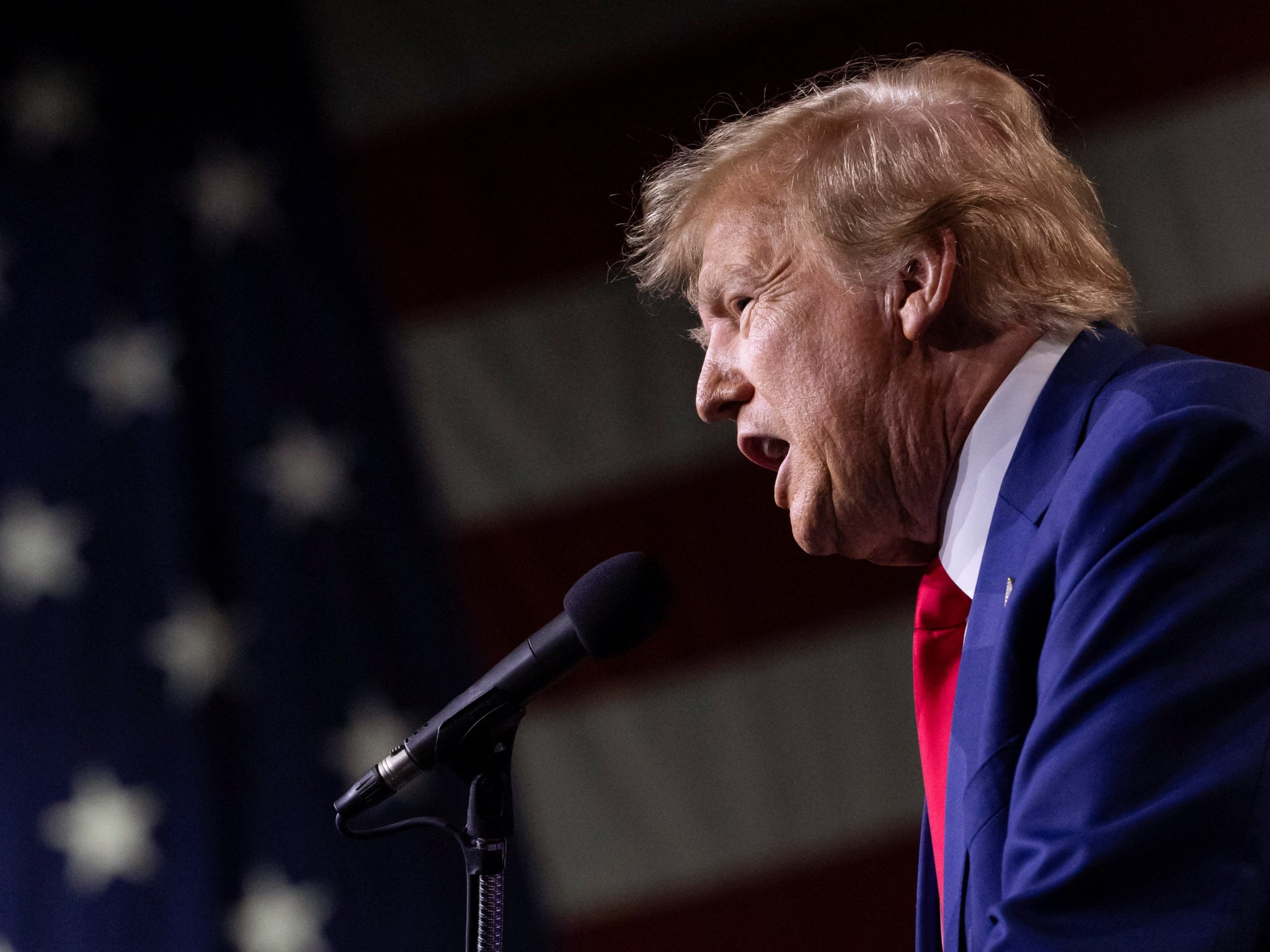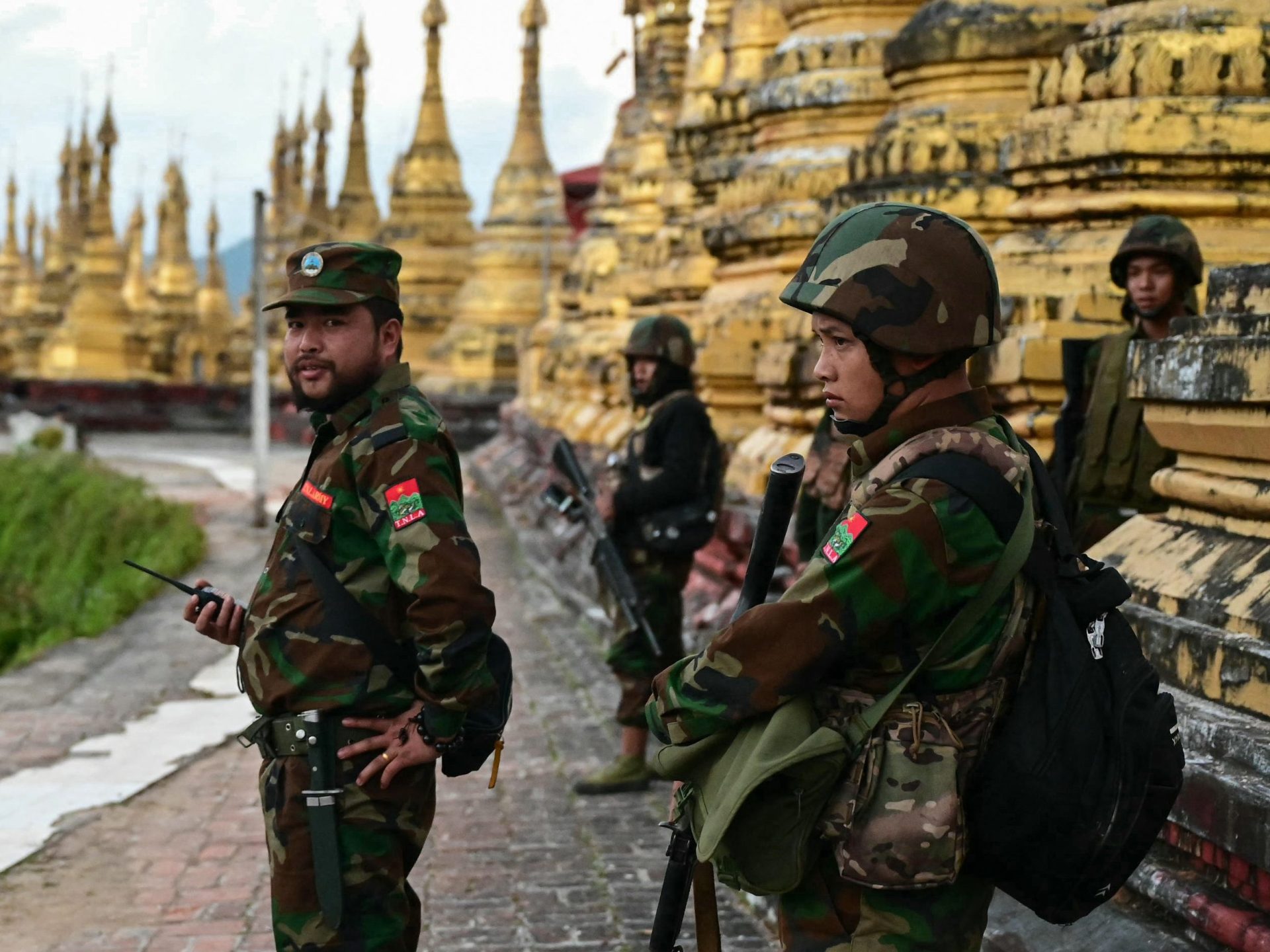Here is the situation on Wednesday, December 20, 2023.
Fighting
Ukraine’s military said Russia launched its fifth air attack this month on the capital, with air defence systems destroying all weapons on their approach to Kyiv. “According to preliminary information, there were no casualties or destruction in the capital,” Serhiy Popko, the head of Kyiv’s military administration, said on the Telegram messaging app.Russia’s Defence Ministry said it brought down a Ukrainian drone near the capital that led to restrictions on flights at Moscow’s main airports. No casualties were reported.Ukraine said its military was holding the line in the eastern Kharkiv region, despite being outgunned by Russian forces trying to take control of the town of Kupiansk. “The situation is complicated. We have to fight in conditions of superiority of the enemy both in weapons and in the number of personnel,” said Oleksandr Syrsky, the head of Ukraine’s ground forces. Russia’s Defence Ministry said it had repelled eight Ukrainian attacks around Kupiansk with artillery.
Politics and diplomacy
Ukrainian President Volodymyr Zelenskyy said the military had asked for the mobilisation of 500,000 more people in the fight to remove Russian forces from its territory and urged the United States and Kyiv’s other Western allies to maintain their support for his country. He said he also hoped prisoner swaps, which he said had been delayed as a result of unspecified “reasons” on the Russian side, would soon resume. The last exchange took place in early August.Russian President Vladimir Putin told defence and military chiefs that Moscow had the momentum in its war in Ukraine and was well-positioned to reach its goals, claiming that attempts to defeat it had failed. Putin also said Moscow was upgrading its nuclear arsenal and maintaining the military at its highest level of readiness.Italy’s cabinet passed a decree allowing it to supply “means, materials and equipment” to Ukraine in its fight against Russia until the end of 2024. Supplies will include not only weapons but also power generators and “everything needed to support military operations in defence of unarmed civilians”, a Defence Ministry statement said.Volker Turk, the United Nations’s human rights chief, said there were indications Russia had committed war crimes in Ukraine, including 142 cases of “summary executions” of civilians as well we enforced disappearances, torture and ill-treatment such as sexual violence against detainees.A court in Poland convicted 14 citizens of Russia, Belarus and Ukraine for being part of a spy ring preparing acts of sabotage on behalf of Moscow. They were given jail terms ranging from 13 months to six years.A former Russian soldier sought asylum in the Netherlands and said he wanted to testify at the International Criminal Court (ICC) about Russian war crimes he witnessed while fighting in Ukraine. A Dutch legal source told the Reuters news agency the man had been a member of Russian-backed separatist forces in eastern Ukraine since 2014 and had also worked as an instructor for the Wagner mercenary group there.Chuck Schumer, the majority leader in the US Senate, said the upper house aimed to pass an agreement to provide additional aid to Ukraine and bolster US border security as soon as it returns to Washington, DC in January after the Christmas and New Year holidays.
Weapons
Sergei Shoigu, Russia’s defence minister, said that since the country began its full-scale invasion of Ukraine in February 2022, it had increased production of tanks by 5.6 times, drones by 16.8 times and artillery shells by 17.5 times. Speaking during Putin’s meeting with military chiefs, Shoigu said Russian forces had also laid 7,000sq km (2,703 square miles) of minefields in Ukraine – some of them as much as 600 metres (1,969 feet) wide – along with 1.5 million anti-tank barriers and 2,000km (1,243 miles) of anti-tank ditches.Zelenskyy said Ukraine planned to manufacture some 1 million drones next year for use on the battlefield. Ukraine and Russia use drones to scope out enemy positions, drop explosives and launch attacks on the enemy.The US charged Hossein Hatefi Ardakani, an Iranian, and Gary Lam, a Chinese national, with allegedly supplying dual-use US-manufactured microelectronics to Iran’s drone programme. “These very components have been found in use by Iran’s allies in current conflicts, including in Ukraine,” special agent Michael Krol said. Both men remain at large.The US Treasury Department, meanwhile, announced that it was imposing sanctions on a network of 10 Ardakani-linked entities as well as four individuals based in Iran, Malaysia, Hong Kong and Indonesia, for circumventing export bans to procure US components for Iranian-made attack drones.
Source: Al Jazeera and news agencies









